How old-wives’ remedies became big business
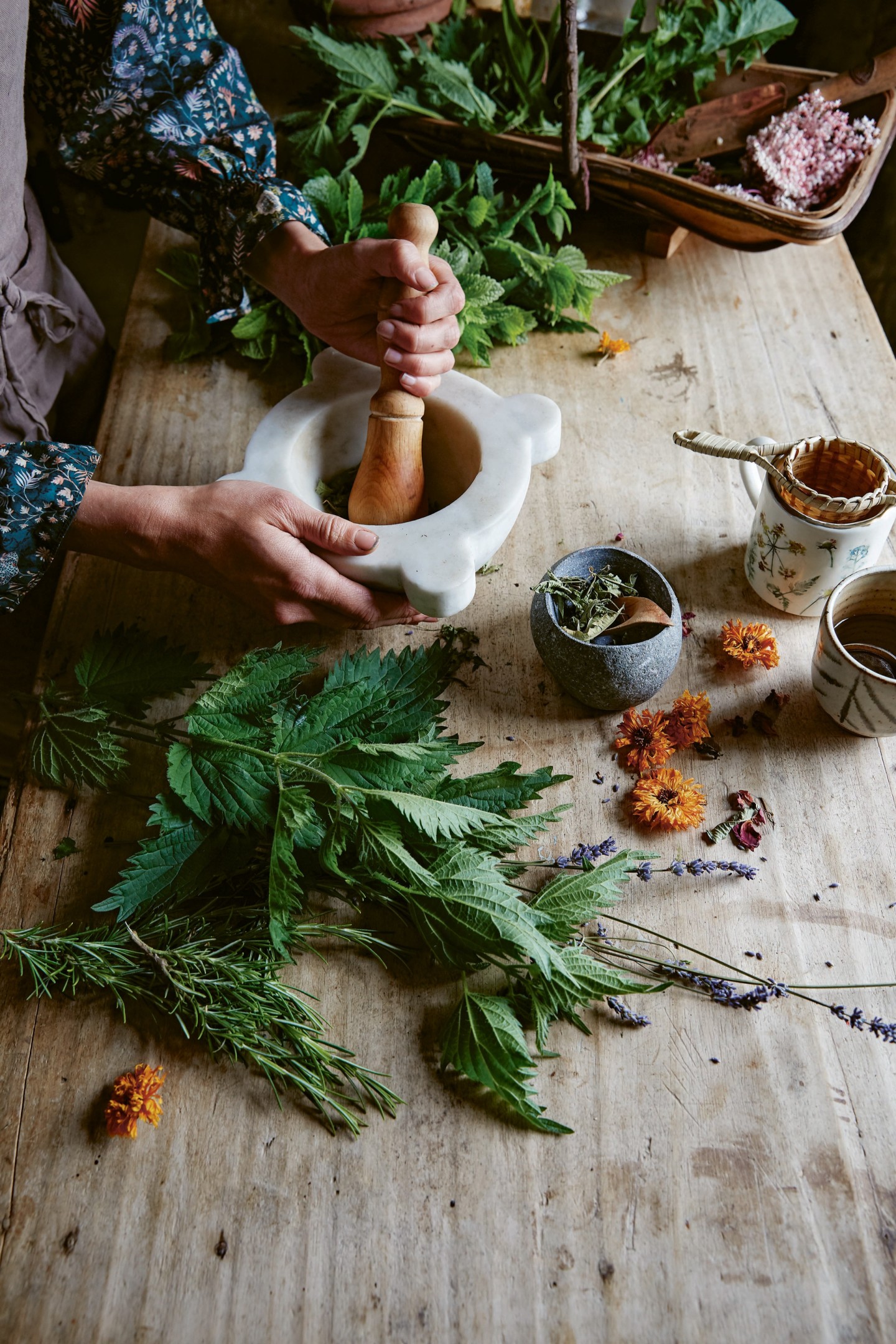
Roula Khalaf, Editor of the FT, selects her favourite stories in this weekly newsletter.
Harriet Coleman starts every day with a cup of rose tea. In the medical herbalist’s garden apothecary on the north coast of Cornwall, the wooden shelves are lined with jars: dried purple sage leaves, fennel glycerite, lavender buds. Like many others, Coleman’s path to herbalism started with her own health issues: in her 20s she began suffering from burnout and gut problems, and was eventually diagnosed with coeliac disease. “Now there’s not a day where I don’t have herbal medicine. It’s not something that I reach for just when I’m poorly. My go-tos are rose, to stablise hormone function; rosemary for focus and concentration; and chamomile, which calms the nervous system. They’re like breakfast, lunch and dinner.”
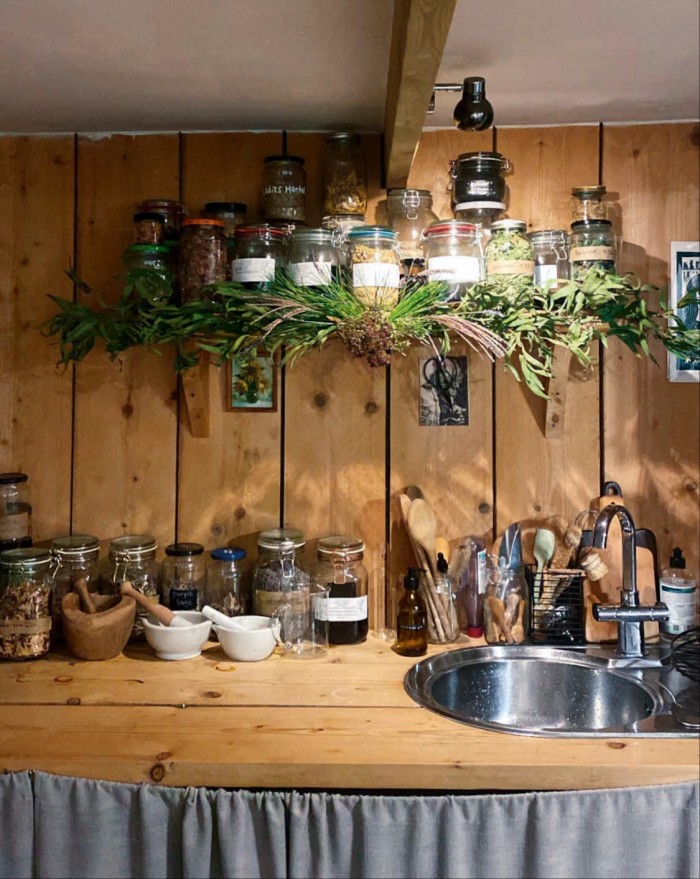
Coleman, who has trained to clinically assess patients and dispense treatments made from plants, has gone back to the roots of healthcare. She joins others like Erin Lovell Verinder, who shares recipes for dandelion-root smoothies and calendula salve from her home in the hills of northern Tasmania. Or Lauren Haynes, whose Wooden Spoon Herbs tinctures are grown from her Tennessee kitchen.
Herbalism draws on a tradition that goes back millennia. It was the original medicine for the masses; the work, most often, of women, who crafted cures using what they had to hand. Often the clues to a plant’s power can be found in their common names: lady’s mantle and motherwort have both been used in reproductive health.
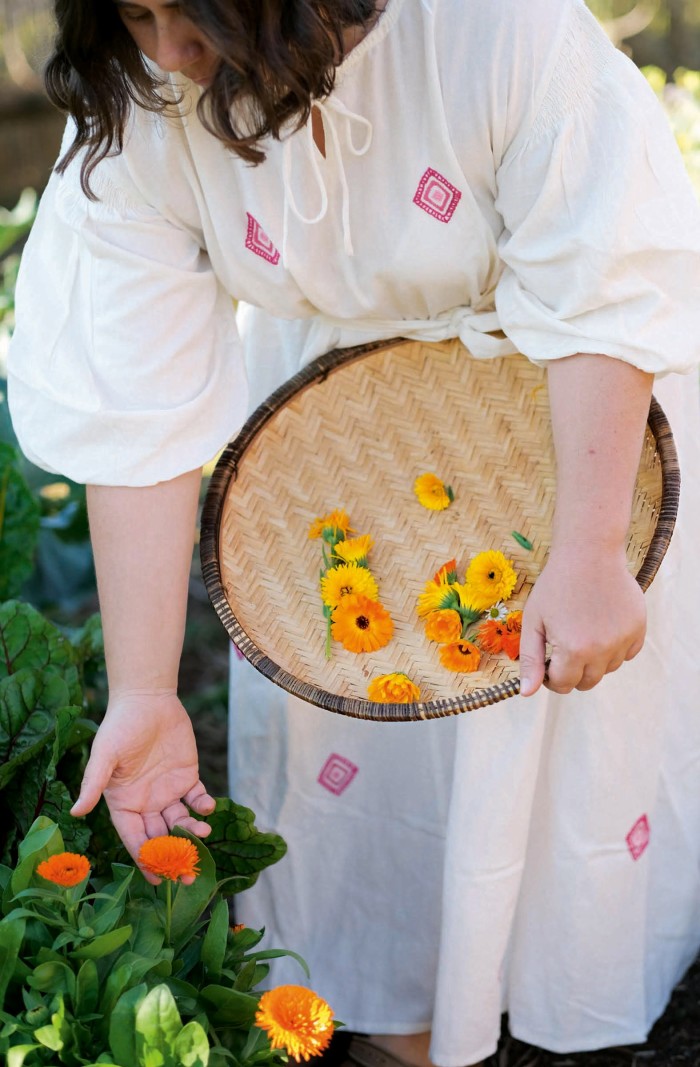

Moss Medicine Bee Chill herbal electuary, $33
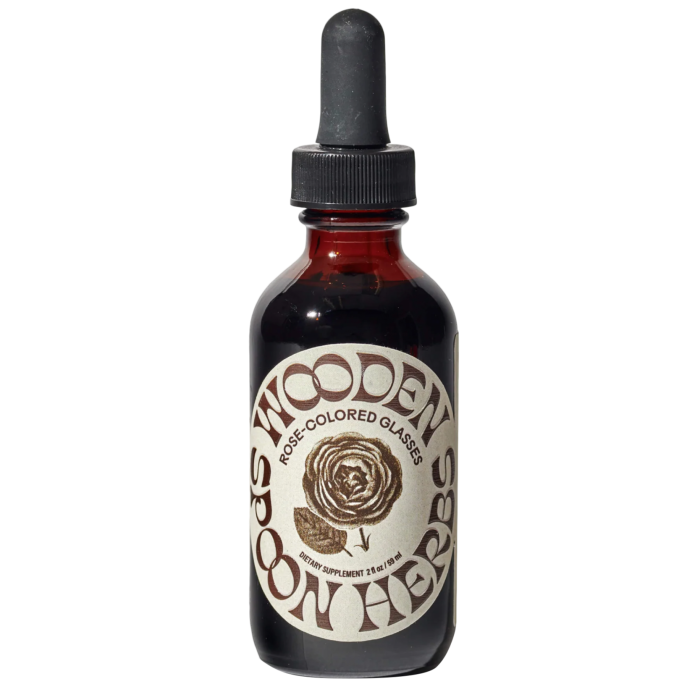
Wooden Spoon Herbs Rose-colored glasses dietary supplement, $29
The World Health Organisation estimates that more than 80 per cent of the global population uses some form of traditional medicine. In August, the WHO held its first traditional-medicine summit in Gujarat, discussing how to tap into plants’ power through scientific study and innovation. Every culture has its own take, from traditional Chinese medicine and Ayurveda, which originated in India up to 3,000 years ago, to old-wives’-tale remedies that pass down in kitchens around the world.
“I’m Trinidadian on my mother’s side and there we call it ‘bush tea’,” says Brianna Cherniak, a New Yorker who runs her own small-batch apothecary, Moss Medicine. Today she focuses on women’s health and nervous-system regulation with her tinctures, Bee Chill honey – blended with passionflower, holy basil and lavender – as well as concocting herbal smokes, which draw on the rituals of Native American and Caribbean practices.
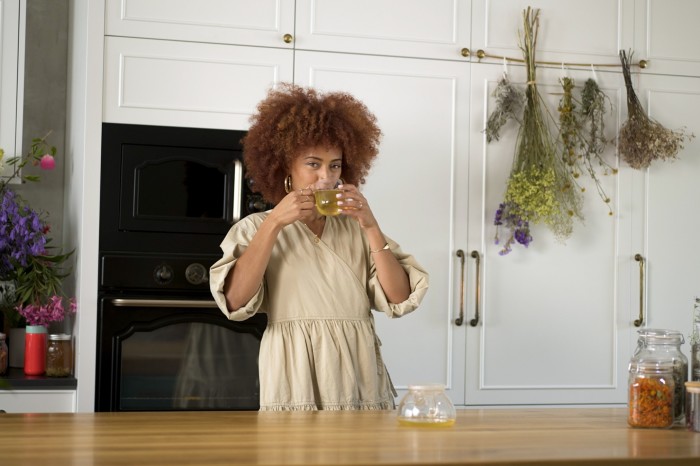
As with many in the herb world, sharing knowledge is central for Cherniak; she recently launched a beginner’s course with the online learning portal Now You Know. “Community herbalism is the foundation of it all,” adds London-based herbologist Maya Jayaweera Thomas, who leads workshops at Chelsea Physic Garden. “I was with the Mobile Apothecary recently, which once a month sets up a cargo bike outside Bethnal Green station stocked with herbal products. They are free for anyone who needs them – muscle balms, immune- support vinegars, decongestant rubs made with community-grown or foraged plants.” Here and elsewhere people share their own stories with Thomas: of men drinking nettle tea in Morocco, or an Italian grandmother rubbing children’s gums with sage leaves.
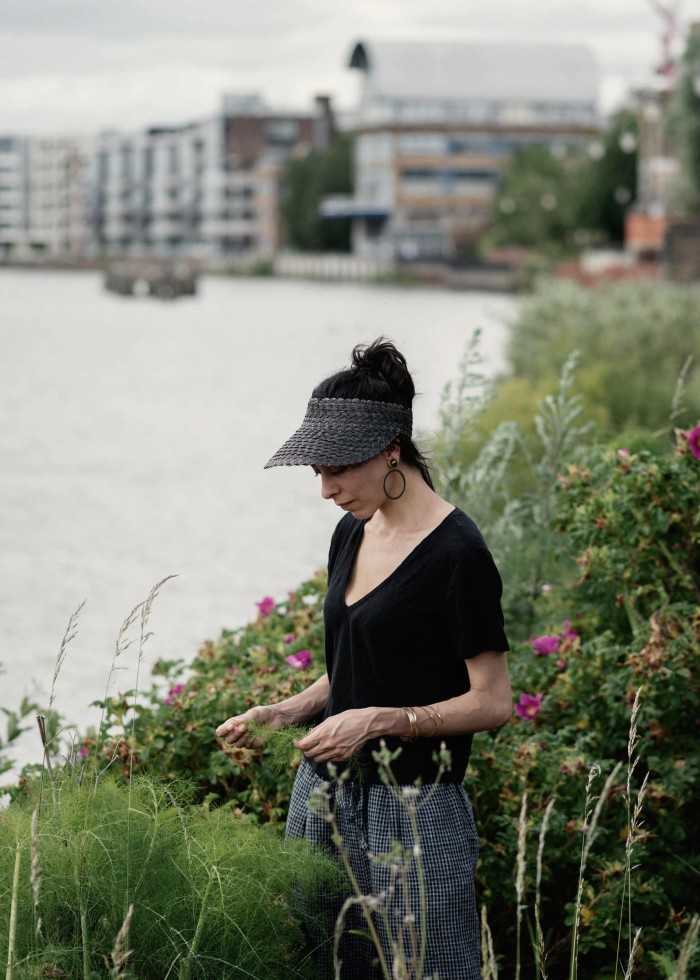
Anyone can grow rosemary, thyme and sage in pots on a windowsill, or pick hogweed or cleavers (children’s-favourite sticky willy) at the side of the road. “Even walking down the street in London, I notice at least half-a-dozen plants that could be used in remedies, like shepherd’s purse or dandelions, just growing out of buildings or pavements,” adds Thomas. “I always teach people about onion syrup: that was the first thing we learnt in herb school. It’s an amazing cough remedy. Alliums – garlic and onions – are antimicrobial.” To make it: take a sterilised jar, slice an onion and layer onion, sugar, onion, sugar. Leave it and then strain the syrup off after a few days. “It’s something that anyone can do.”
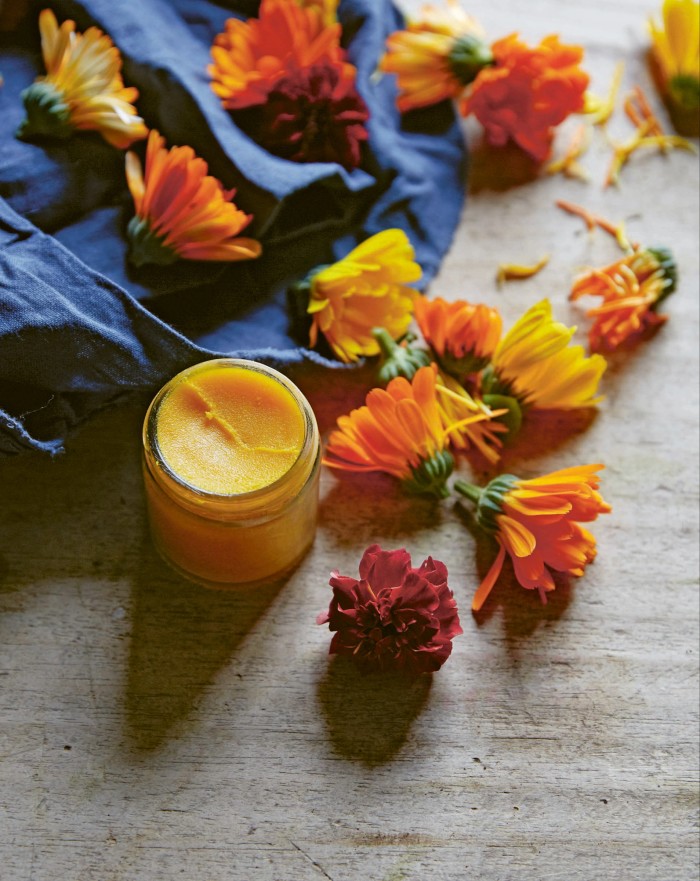
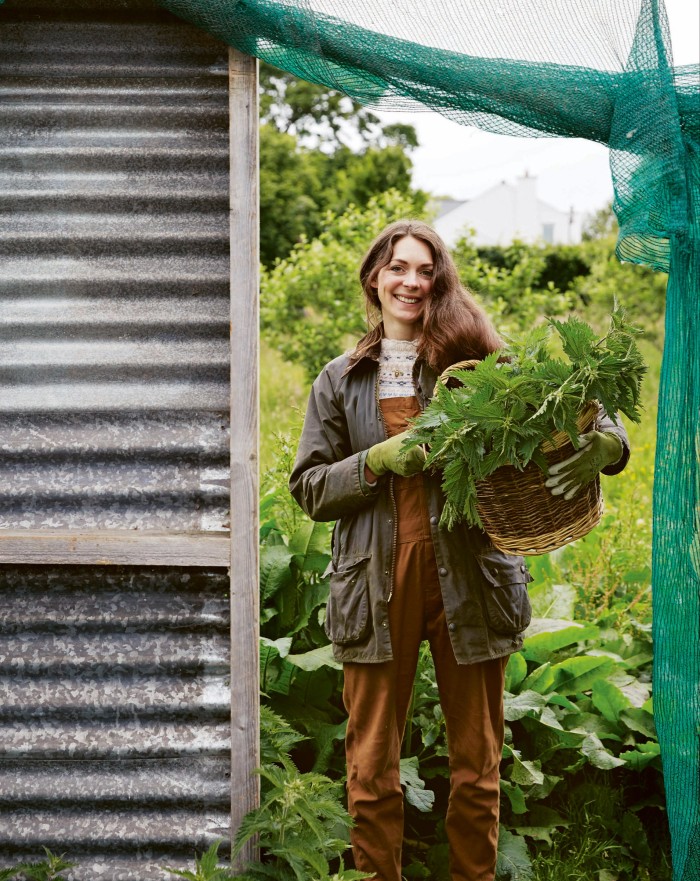
Becky Cole champions a similar kind of folk herbalism from her farm in County Antrim, and her book The Garden Apothecary is filled with recipes made with 20 common plants, herbs and weeds. “It’s about redeveloping that connection with nature, giving people back the power to look after their own bodies and realising that is a skill for everyone,” she says. In spring that might mean making a cold-water decoction from cleavers as a tonic for the lymphatic system or a nettle-vinegar tonic. In summer, a sunburn-soothing aloe vera gel. There are elderberry and rosehip syrups to support immunity, and warming remedies made from ginger root, turmeric or pine needles in winter. “A tincture of elderberry and echinacea is something everybody should have on their shelves at this time of year and is easy to make,” Cole adds. “When people start working with herbs they also realise how calming and meditative it can be in itself: growing, picking, making.”
Coming back to herbalism is a way to root ourselves in our surroundings, to nurture our health with the rhythm of the seasons and focus on prevention as much as cure. “Because if we lose this knowledge of working with plants and plant medicine,” says Coleman, “then we are losing a part of ourselves.”
Chickweed & chamomile eye compress
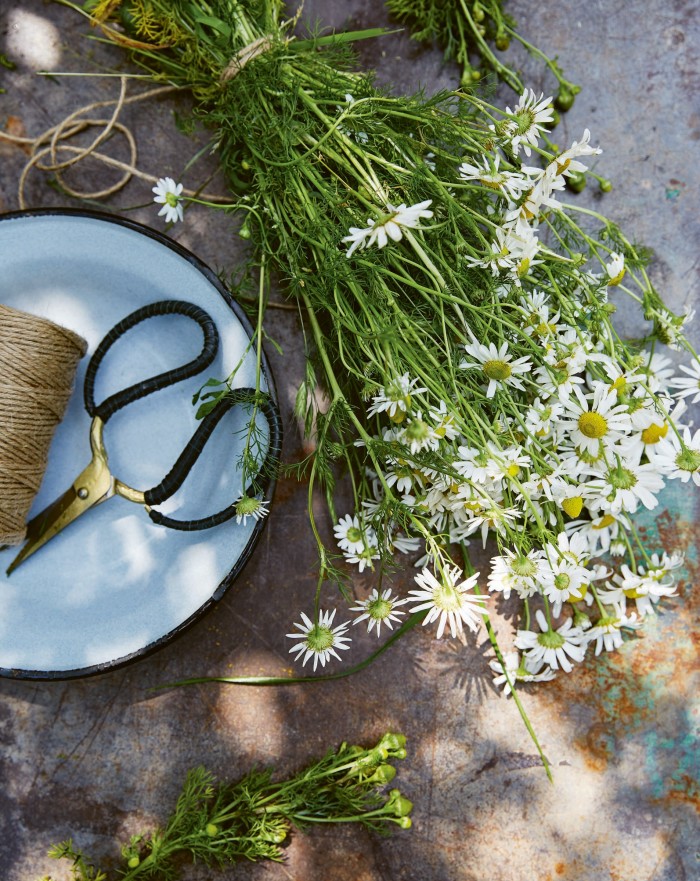
“This compress can provide wonderful relief, whether your tired or irritated eyes are thanks to seasonal allergies, wearing contact lenses or too much screen time,” writes Becky Cole in The Garden Apothecary. “Chamomile is antimicrobial, anti-inflammatory and soothing, while chickweed is cooling, moistening and also has anti-inflammatory properties.”
Add the chickweed and chamomile to a bowl. Pour over the boiling water, sprinkle in the salt and leave to infuse for 20 minutes.
Strain the liquid into a clean, dry bowl using a strainer lined with a piece of muslin to remove the herbs.
To use: once the herbal liquid is cool enough, soak a clean cloth or cotton-wool pad in it. Wring it out and place over your closed eye(s). Leave on the eyes for around 5 minutes. Repeat as needed, using a fresh cloth each time. Extra liquid can be kept in the fridge for 24 hours.
All-purpose healing salve with beeswax and lavender essential oil
“This recipe is a must-have for any gardener and home cook,” writes Cole. “It works really well at soothing mild rashes, scrapes, bruises and mild burns. The lavender helps to keep the area clean, soothes and also encourages repair.”
Set up a double boiler over a low heat, then melt the beeswax in the top section (ensuring this is clean and dry first).
P our in the lavender-infused oil and stir to melt together. Once the beeswax has melted, remove the double boiler from the heat.
Stir in a suitable dilution of essential oils. “I like to add 50 drops for an approximate 4 per cent dilution,” says Cole.
Pour the salve mixture into the jar or tin and seal with the lid. Allow to cool and harden for 24 hours before labelling and using. The salve will last at least 12 months.
To use, dab a bit of salve gently on the affected area. Repeat as needed.
Thyme, elecampane & ginger cough syrup
“This effective cough syrup will help support the respiratory system and ease the symptoms of coughs and colds,” writes Cole. “Thyme is particularly suited to damp, wet coughs with plenty of mucus. This syrup has warming and expectorant qualities that should give relief from a persistent cough. Elecampane is an excellent herb for the lungs and will help shift any stuck mucus (it can be bought online).”
Add the herbs, ginger and water to a saucepan. Bring to the boil and simmer very gently for 20 minutes, until half the water has evaporated. Cool and strain.
Return the liquid to the pan. If too much water has evaporated, add more to make the quantity up to 250ml. Add the honey or sugar. Stir well to combine. If using sugar, simmer until dissolved completely.
Cool slightly and add the brandy. Stir well and then funnel the syrup into the bottle. Label and refrigerate. Use within 4 weeks.
To use: take 1-3 teaspoons when needed.
Comments